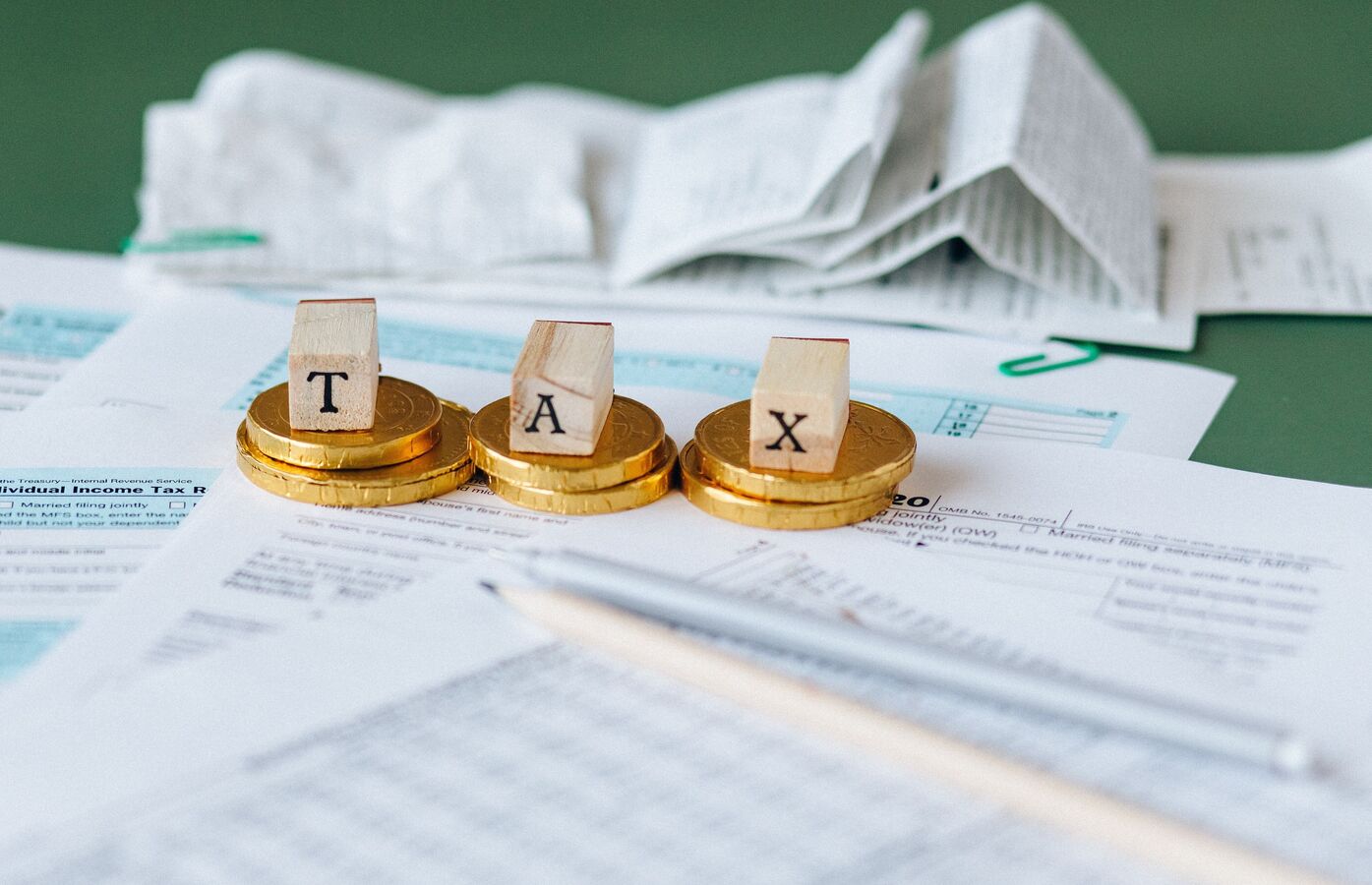If you are a salaried income tax payer, the process to file income tax return is quite simple, to say the least. You only need to file your return via form 1 i.e., ITR-1.
The income tax return form number -1 can be filed by a resident individual whose income does not exceed ₹50 lakh during the financial year and the income is from salary, house property, family pension income, agricultural income (up to ₹5,000) and other sources such as interest income from bank FDs or other investments.
ALSO READ | Private sector employees should focus on EPF, PPF, NPS for retirement, says Preeti Sharma of BDO India
It is, however, important to note that certain income will not form part of ITR-1 which include profits and gains from business and professions, capital gains, income from more than one house property and winning from lottery, maintaining race horses. Let us understand more on this here.
Income Tax return: Make note of the following points:
1. Nature of employment: At the time of filing of income tax return, taxpayer should define the nature of employment while filing of return i.e., whether s/he is central government employee, state government employee, employee of public sector enterprises, pensioners, employee of private sector.
2. Documents you need: You would need to download AIS and keep copies of other documents such as Form 16, house rent receipt (if applicable) and investment payment premium receipts (if applicable). However, you are not supposed to attach any of these documents (such as proof of investment) along with your return.
You only need to keep them with you just in case you are asked to produce them before tax authorities such as assessment and inquiry.
ALSO READ | Submitted wrong ITR form? Know how many times you can revise return
3. Tax already paid during the year: During the passage of year, taxpayers pay TDS or TCS (tax collected at source) and these figures should correspond to the tax shown at the time of filing of return.
The data of tax paid already can be accessed through AIS (Annual Information Statement) and form 26AS where taxpayer should check the actual tax paid. And in case of any discrepancy, you should reconcile the same.
4. Filing return for previous two years: Along with the current year (FY24), you can file income tax return for the previous two years if you missed filing them. For the past two years, you can file ITR-U (updated income tax return).
5. To prevent issues: In order to avoid issues in filing your return and getting your refund, make sure you do the following:
A. Make sure you have linked Aadhaar and PAN.
B. When the income tax department sends the refund, it transfers the money to a bank account. So, you should pre-validate your bank account where you want to receive your refund.
C. You must choose the correct ITR form before filing it; else the filed return will be treated as defective, and you will have to file a revised ITR using the correct form.
You are on Mint! India’s #1 news destination (Source: Press Gazette). To learn more about our business coverage and market insights Click Here!
Download The Mint News App to get Daily Market Updates.
More
Less
Published: 04 Jun 2024, 03:27 PM IST
